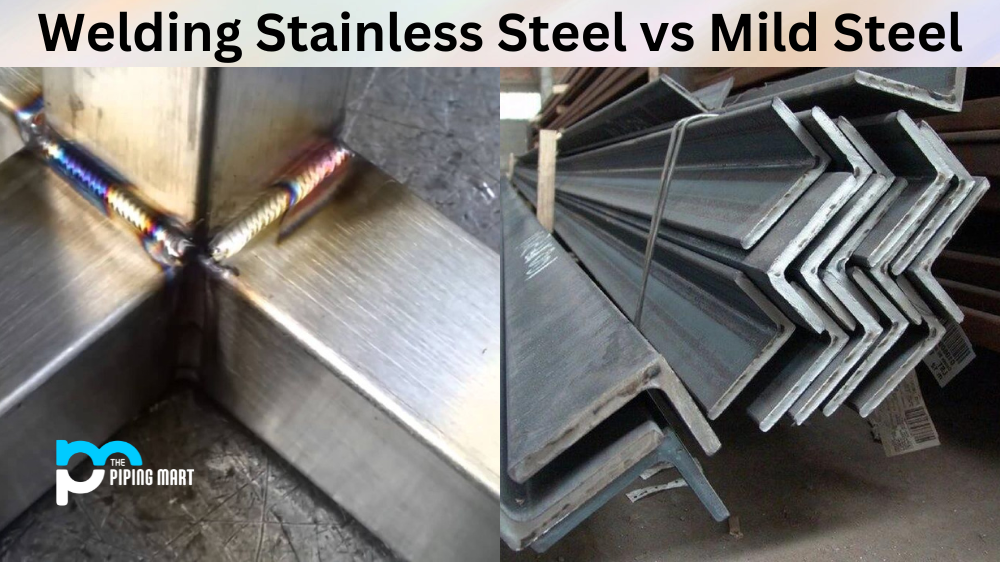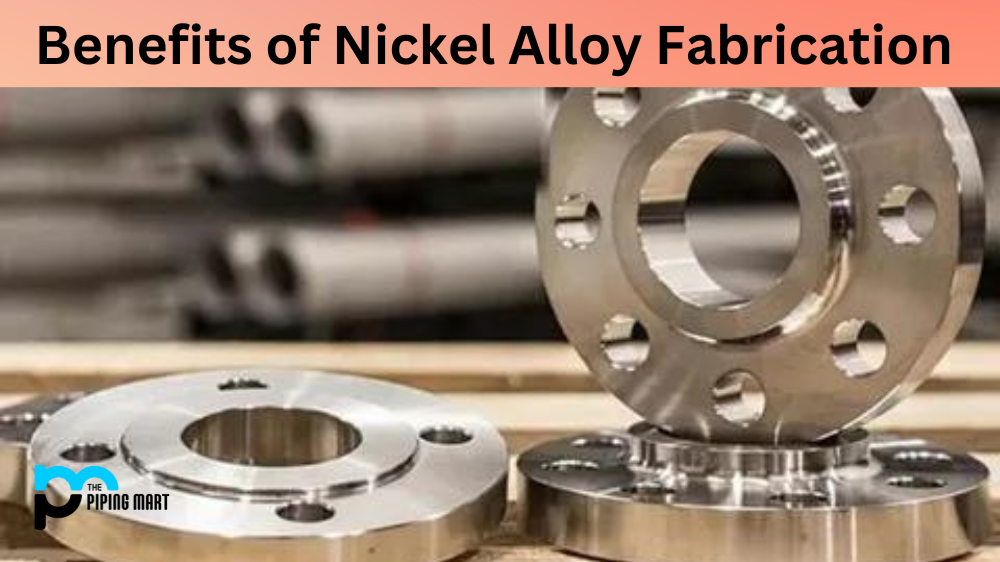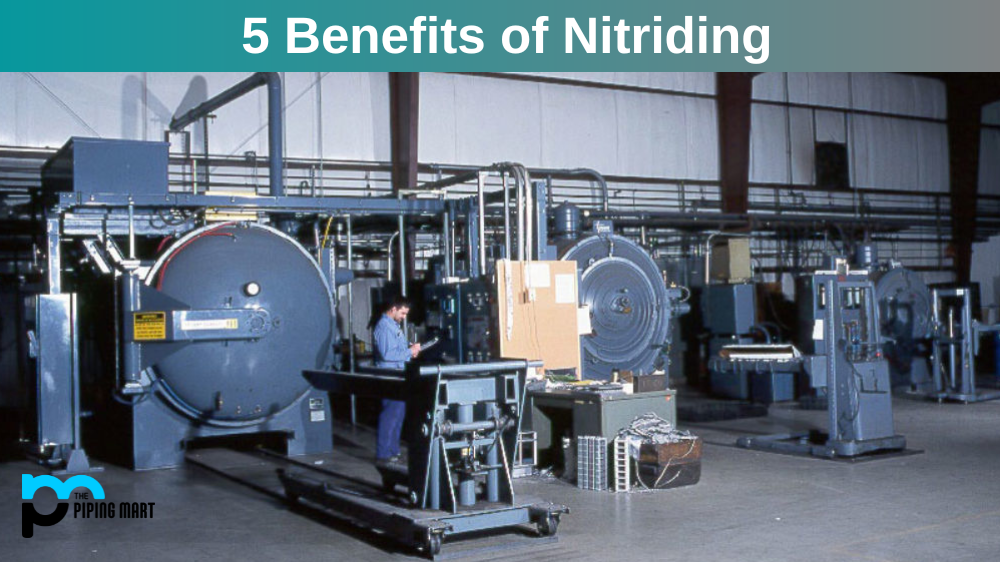Welding is a skill that can take years to master, but once you do, you can tackle any project. One of the most important considerations when welding is what type of steel you’ll be using. Two common types are mild steel and stainless steel, each with its own advantages and disadvantages. Let’s take a look at the differences between these two types of steel so you can make an informed decision about which one to use for your next project.
Difference Between Welding Stainless Steel and Mild Steel
Properties
Mild steel is an alloy of iron and carbon, but it also includes other elements such as silicon, manganese, sulfur, phosphorus, and copper. It has excellent strength and durability while also being relatively inexpensive. Its low cost makes it ideal for projects like automotive parts or welded structures that don’t require extreme corrosion resistance or high temperatures.
Stainless steel is an alloy composed primarily of iron, chromium, nickel, carbon, and other metals. It is much more corrosion-resistant than mild steel due to its higher chromium content; however, it is also more expensive because of its added components. Stainless steel is ideal for projects where high temperatures or corrosive environments are present since its properties make it resistant to many forms of degradation from environmental factors.
Welding Processes for Each Type of Steel
Mild steel can be welded using most traditional welding processes, including gas tungsten arc welding (GTAW), shielded metal arc welding (SMAW), flux-cored arc welding (FCAW), and gas metal arc welding (GMAW). The process used will depend on the size and shape of the project as well as the desired result. For example, SMAW will provide a strong joint that is aesthetically pleasing, while GMAW will provide faster speeds with less distortion in the finished product.
Stainless steel requires special consideration when welding since it tends to be more difficult than mild steel due to its higher melting point and associated brittleness caused by rapid cooling during the welding process. Because of this, it’s best to use a GTAW process with argon shielding gas when welding stainless steel in order to ensure proper penetration without excessive heat input into the material itself. Additionally, preheating before welding may be necessary depending on the thickness of the pieces being joined together in order to prevent cracking or warping during cooling after welding.
- Stainless steel is an alloy of steel that contains chromium.
- Mild steel is a type of carbon steel that contains low levels of carbon.
- Stainless steel is more resistant to corrosion than mild steel.
- Mild steel is less expensive than stainless steel.
- Stainless steel is more difficult to weld than mild steel.
- Welds made with stainless steel are more likely to be strong and durable than those made with mild steel.
Conclusion:
Whether you’re working with stainless steel or mild steel for your next project depends on a variety of factors such as cost, availability, finish requirements, corrosion resistance needs and temperature resistance requirements, among others—all things that need careful consideration before beginning any project involving either type of material. Taking some time to understand both types of materials better before starting any job involving them will help ensure that your end result meets all expectations!
Meet Heer, a dynamic and driven writer learning tricks of her trade in the metal industry. With a background in Digital Marketing, Heer brings a unique perspective to her writing, sharing valuable insights. Apart from blogging she like reading and hiking.




